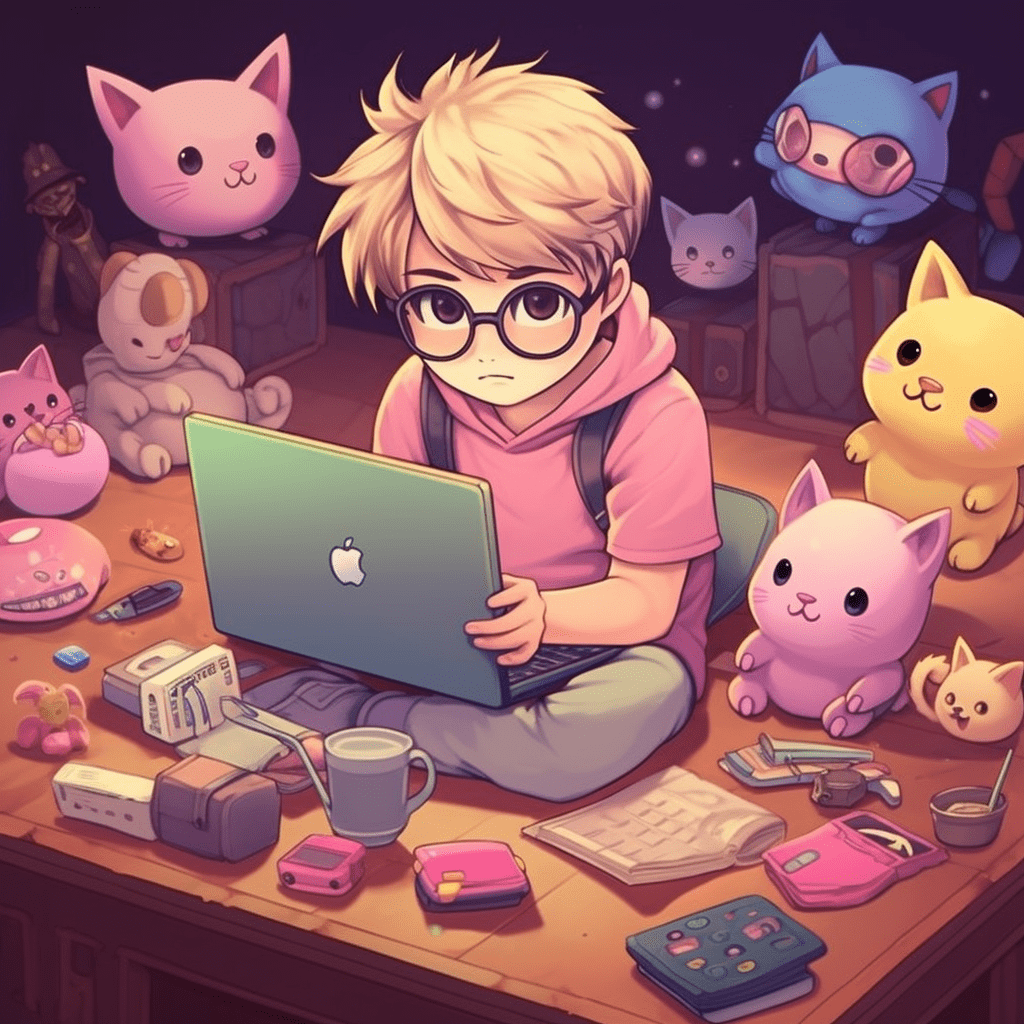The emergence of NFTs and the broader web3 technology is redefining the digital world, revolutionizing industries and creating unprecedented opportunities for creators, investors, and users alike. As an artist or creator, the ability to generate NFTs opens the doors to a new realm of possibilities where you can monetize your work in a decentralized economy.

Understanding Web3 and Its Significance
Web3, or Web 3.0, refers to the third generation of the internet, driven by blockchain technology. Unlike the traditional internet, Web 3.0 is decentralized, transparent, and driven by users rather than centralized entities. It allows for the creation of decentralized applications (dApps) that operate without a central authority, offering users more control and ownership over their data and creations.
NFTs, or non-fungible tokens, are one of the many manifestations of web3 technology. These digital assets represent ownership or proof of authenticity of a unique item or piece of content on the blockchain. By generating NFTs, creators can sell their work directly to their audience, eliminating middlemen and retaining more of the profit. This process significantly empowers creators and provides them with unprecedented autonomy and financial freedom.
How to Generate NFTs Using Web3 Platforms
Generating an NFT involves minting a unique digital asset on the blockchain. Numerous platforms enable users to create NFTs without any coding skills. Here’s a simplified overview of the process.
Choose a Blockchain Platform
Firstly, you need to select a blockchain platform that supports NFTs. Ethereum is the most popular choice, but other alternatives like Binance Smart Chain, Flow, or Tezos offer lower transaction fees.
Create Your Digital Asset
Next, create the digital asset you want to mint as an NFT. This could be a digital artwork, a music file, a piece of writing, a digital collectible, or anything else you’d like.
Mint Your NFT
Now you’re ready to mint your NFT. Various web3 platforms allow users to generate NFTs with a few simple steps. OpenSea, Mintable, and Rarible are among the most popular platforms for NFT creation.
List Your NFT for Sale
Once your NFT is minted, you can list it for sale on an NFT marketplace. You can set a fixed price or put it up for auction. Remember to promote your NFT to reach potential buyers.
The Potential of Web3 and NFTs for Creators

Embracing web3 technology and generating NFTs enables creators to tap into a global market of digital collectors and enthusiasts, providing greater visibility and income potential. It also fosters direct interactions between creators and their audience, fostering stronger community engagement.
Moreover, web3 and NFTs give creators the ability to sell their work while retaining copyright. This means that while buyers own the NFT linked to the work, the creator still owns the copyright and can generate additional income through licenses or merchandise.
The rise of NFTs and web3 also paves the way for innovative business models. For instance, creators can incorporate “smart contracts” into their NFTs, enabling them to receive royalties every time their NFT is resold on the secondary market. This creates a continuous revenue stream, ensuring creators benefit from the ongoing popularity of their work.
Another promising aspect of web3 is the concept of decentralized autonomous organizations (DAOs). These are community-led entities on the blockchain where decisions are made collectively by members. As a creator, joining or starting a DAO can provide access to communal resources, collaborations, and shared profits.
NFTs and the Web3 Ecosystem
NFTs have proven to be more than just a buzzword or a temporary hype; they’ve become an integral part of the web3 ecosystem. When creators generate NFTs, they do more than just creating a unique digital asset. They contribute to the ongoing evolution of the internet and help shape its future landscape. NFTs, along with other decentralized technologies, are empowering users and shifting the dynamics of power from centralized entities to individual users and communities.
This shift also means that NFTs and web3 technology are not just for artists or creators. Businesses, consumers, investors, and even governments can leverage this new paradigm shift to their advantage. For example, businesses can use NFTs for promotional purposes, offering unique digital collectibles to their customers. Consumers can own unique digital items, while investors can speculate on the value of NFTs.
But as with any new technology, it’s essential to tread with caution. As more people generate NFTs, issues around copyright infringement and intellectual property rights have surfaced. It’s crucial to ensure that the NFTs you generate are based on original content or content that you have the rights to tokenize. Additionally, remember to consider the environmental impact of NFTs and choose eco-friendly platforms when possible.
Despite these challenges, there’s no denying the transformative potential of web3 technology and the ability to generate NFTs. As we transition into this new era of the internet, the possibilities seem limitless.
Drawing Conclusions

Web3 technology and the ability to generate NFTs have opened new doors for artists, creators, and consumers alike, shaping a future where the power resides with the user. With this newfound potential, creators are empowered to redefine their relationship with their work and their audience in unprecedented ways. Navigating this dynamic landscape may seem daunting, but with the right knowledge and tools, it can be a journey filled with limitless possibilities and opportunities.
